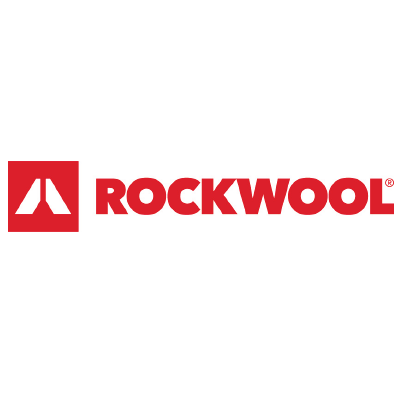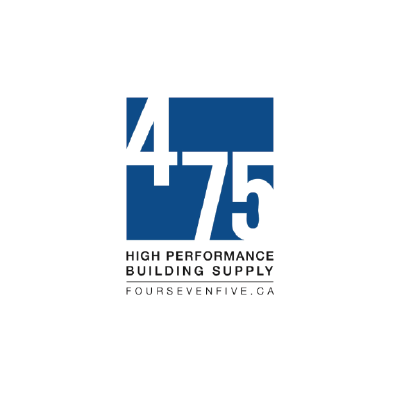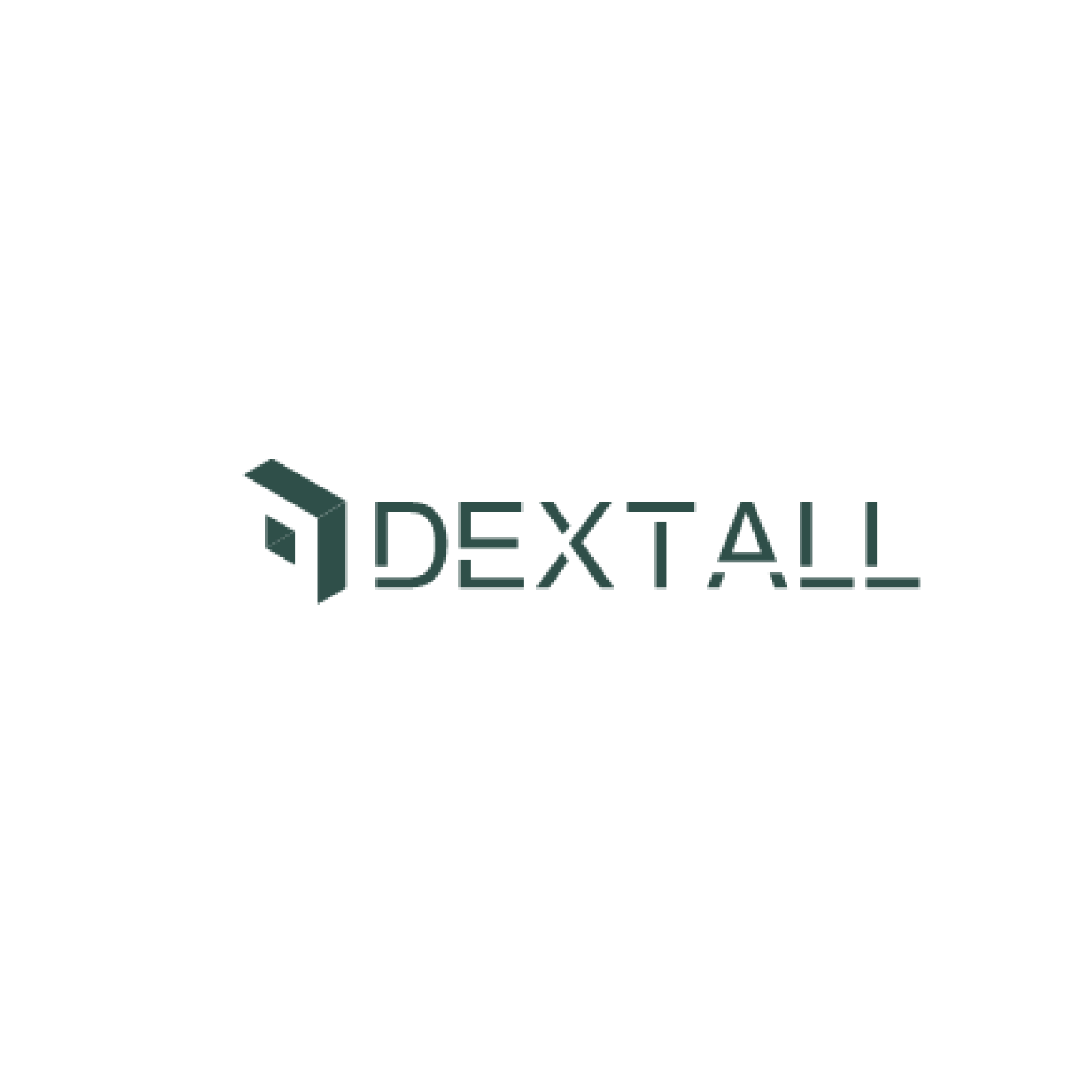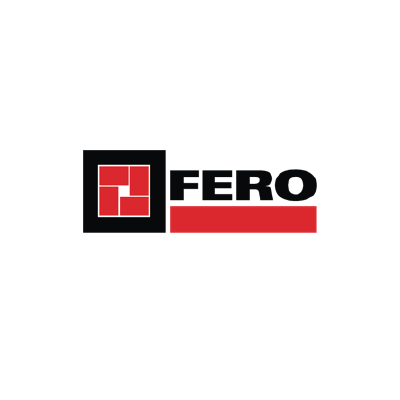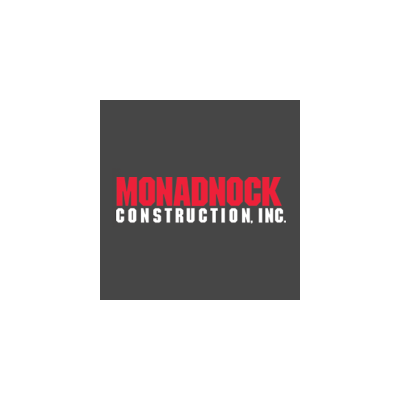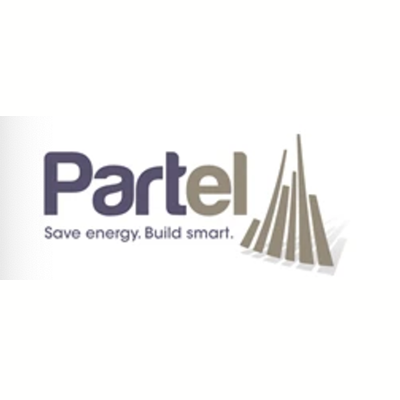Criteria combining energy efficiency and renewables take immediate effect
(Press Release, Passive House Institute, 7 October 2015)
Darmstadt, Germany. Clearly-defined criteria for combining the international Passive House Standard with renewable energy sources are now applicable: the Passive House Institute’s new guidelines for building evaluation have come into effect with the introduction of a new version of the planning tool PHPP at the >NAPHN15 Conference in Vancouver. Not only is certification according to the Passive House Classes Plus and Premium now possible worldwide, but the EnerPHit criteria for retrofits are also now applicable in all climates. How the different building classes can be achieved and what advantages these provide for owners and investors will also be shown at conferences across Europe in the coming weeks.
In many climate zones, renewable energy is mostly generated in the summer, but the greatest demand usually exists in the winter. At the same time, seasonal storage of surplus energy is associated with high losses. “Accounting the production and consumption of energy in the context of a ‘net annual balance’ therefore does not conform with reality,” says Dr Wolfgang Feist, Director of the Passive House Institute. “By contrast, in a Passive House, the energy demand is so low that sustainable energy generated on-site suffices for winter even including these storage losses”.
Since the launch of the English version of the PHPP 9 at the Conference in Vancouver, the Passive House Plus and Passive House Premium Classes are effective in addition to the established Passive House Classic. Energy generation is taken into account here according to clearly-defined criteria; the suitability of the building systems for a future energy supply based purely on renewable energy is also considered. The primary energy factors for fossil fuels are no longer relevant because all buildings have a long life-cycle and thus shouldn’t be optimised based on the framework conditions of the present time. Instead, the regional availability of Primary Energy Renewable (PER) is used for the calculation. The storage losses resulting from the fluctuations in availability of renewable energy are taken into account accordingly.
The heating demand of a Passive House may not exceed 15 kWh/(m²a); this applies for all three certification classes. For a Passive House Classic, the limit value for the PER demand is 60 kWh/(m²a). A Passive House Plus must not use more than 45 kWh/(m²a) of renewable energy. In addition, it must generate at least 60 kWh/(m²a) energy based on the projected building footprint. For a Passive House Premium building the energy demand is limited to 30 kWh/(m²a) and at least 120 kWh/(m²a) of energy must be generated.
For more than 20 years, the Passive House criteria have constituted guidelines for excellent energy efficiency, cost-effectiveness and living comfort. In line with the experiences gained, these have been carefully adapted and augmented through the course of time, albeit without any change to the basic principles. “Based on extensive scientific preliminary analyses, the criteria have now been determined so that they can be applied without any restrictions in all climates worldwide,” says Zeno Bastian, who is in charge of the building certification at the international Passive House Institute.
Energy-relevant building planning and proof of compliance with these criteria will take place as usual with the PHPP (Passive House Planning Package). After the NAPHN Conference on 1 – 2 October, the Passive House Classes, the PER system and other new features of this planning tool will be presented at a range of conferences in Europe, including events in the UK (19 – 21 October) and Passive House conferences in Spain (26 – 27 November) and Portugal (27 – 28 November). In recent months, a German version of the PHPP 9 has already been successfully used in practice and the first Passive House Plus buildings in Germany and Austria have already been certified. The first North American building certified in accordance with the PER system is a six-unit condominium in the Canadian city of Victoria. The certificate was presented to the builder, Mark Bernhardt, at the Vancouver conference.
Over a third of the energy used in industrialised countries is used for running buildings, most of this goes towards heating. With the Passive House Standard, it is possible to reduce this consumption by up to 90 percent, and the remaining demand can be met sustainably through renewable energy sources. The Passive House Standard is thus not only an ideal solution for climate protection but is also an especially attractive investment opportunity for all building owners. A more detailed description of the new Passive House Classes and the evaluation of sustainability according to PER factors can be found on the internet platform Passipedia.

